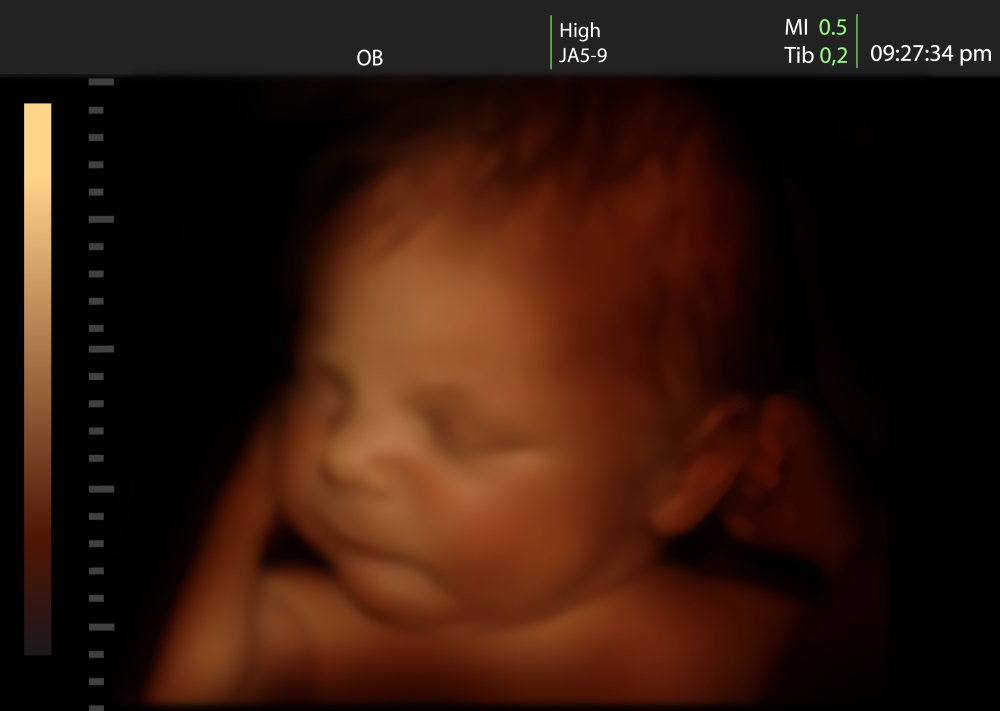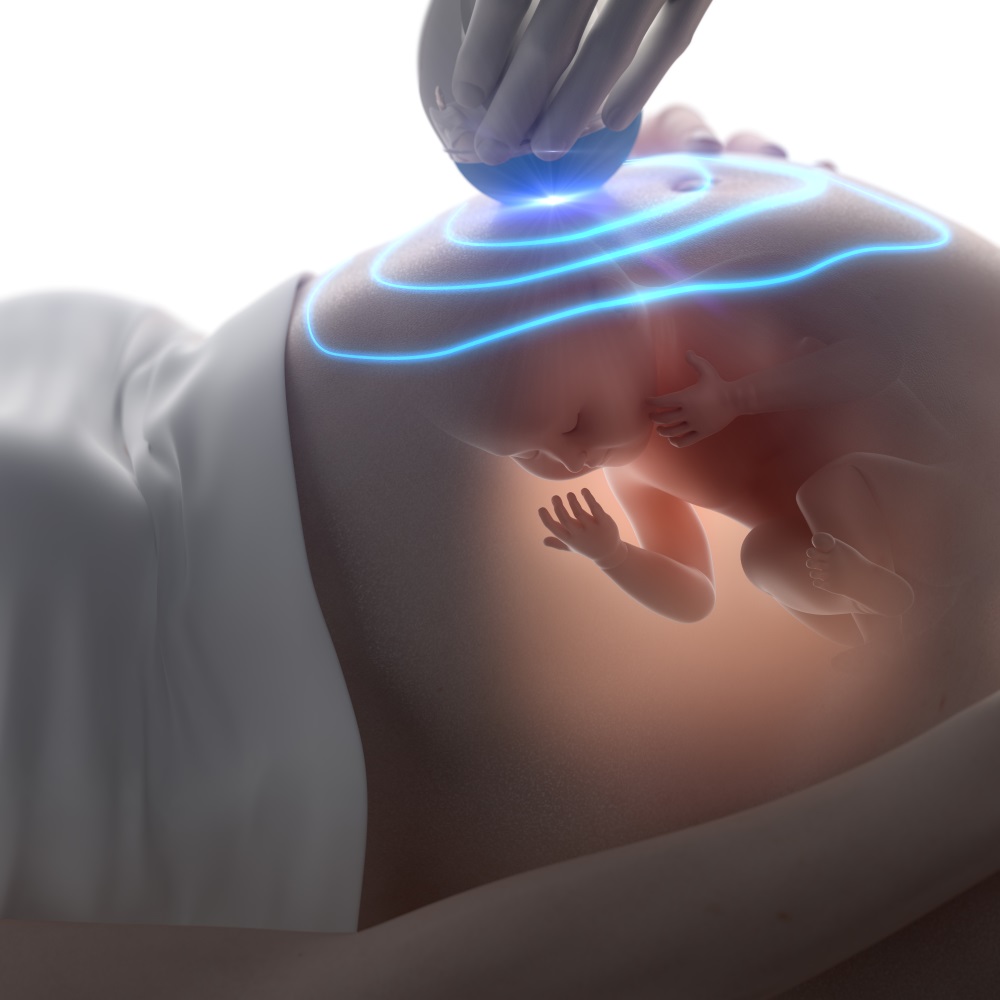To our readers who are parents, many of you have had the privilege of seeing the baby for the first time at the OBGYN’s office. The ultrasound is not only one of the most anticipated imaging studies performed before birth, but also one of the most important. It helps the OBGYN to make prenatal diagnoses for many potential birth complications, and it has also been the gateway to many other imaging technologies such as 4D ultrasound, where the face of the fetus is visible so that the physician can make important diagnoses and the parents can bring home a picture of their baby to their loved ones.

Knowing just how crucial ultrasounds are, researchers at the Westphalian University of Applied Sciences in Gelsenkirchen, Germany have let their imaginations run wild a bit to design a (still primitive, but effective) system to incorporate augmented reality into prenatal ultrasound. The hardware used for this study consisted of an ultrasound device and a tablet PC (Toshiba AT300SE). This computer model had a built-in camera. Usually, when the procedure is being performed, the ultrasound information is gathered and sent to the monitor screen to be presented to the clinician and the patient, but AR technology might change that.

The ultrasound information in this new study is sent wirelessly to the tablet. The difference here is that an optical marker, seen in the image below, is fixed to the transducer. This marker works to help the sensor in the tablet software portray the direction and depth of the transducer. The tablet can be shown to the patient so that they can understand the position and location of the baby and see their child in real time using AR technology.

The study was performed on a group of nine women in different phases of pregnancy (12-37th weeks). In the first stage of the study, the researchers performed a standard monitor-based ultrasound. For the second, they used the tablet and AR approach, and and the patients were asked to rate the procedure on a scale from 1-10. The average score was an 8, and women reported even being willing to pay 40 to 150 € to have the procedure done with this particular technique.

This study was performed using the 2D version of the ultrasound, and it needs to be modified to allow 3D rendering in real time. This would make the experience a lot more realistic and, subsequently, more fulfilling for the patient. We know it’s being worked on by a very creative team, and we can’t wait for this and also to see what other applications might be found for this technology!
If you’ve got comments or questions, please let us know in the comments section!








